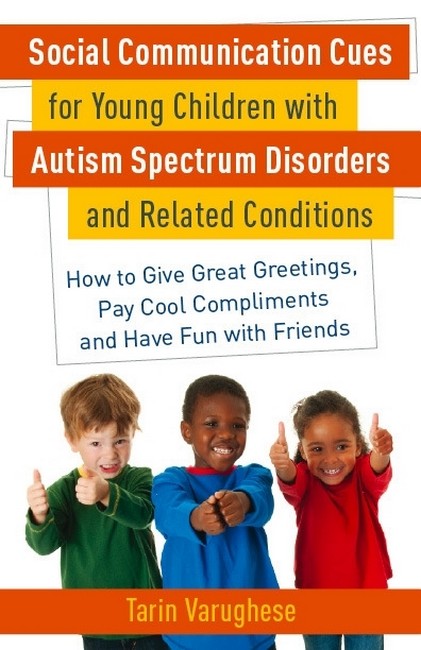Introduction. 1. Initiating Social Interaction. Rule 1: Greeting Others. Rule 2: Initiating Joint Attention. Rule 3: Asking for Help. Rule 4: Responding to Comments. Rule 5: Sharing Ideas/Accomplishments. Rule 6: Asking Questions. Rule 7: Getting Clarification. Rule 8: Asking Someone to Play. Rule 9: Initiating Conversation. Rule 10: Repairing Misunderstandings. 2. Maintaining Social Interaction. Rule 1: Small Transitions. Rule 2: Large Transitions. Rule 3: Maintaining Play. Rule 4: Turn-Taking. Rule 5: Watching Peers at Play. Rule 6: Organizing Play. Rule 7: Deciding who Goes First. Rule 8: Negotiating. Rule 9: Navigating a ""Bump in the Road"". Rule 10: Exiting a Game. 3. Body Positioning. Rule 1: Staying with the Group. Rule 2: Exiting the Group. Rule 3: Body Positioning. Rule 4: Using your Words not your Body. Rule 5: Requesting and Waiting for the Answer. Rule 6: Personal Space. 4. Perspective Taking. Rule 1: Thinking about Others. Rule 2: Use of Pronouns. Rule 3: Positioning of Objects/Items. Rule 4: Effecting Emotions of Others. Rule 5: Acknowledging Comments. Rule 6: Reading Body Cues. Rule 7: Clarifying ""Why Are you Laughing?"". Rule 8: Expressing Empathy. 5. Visual Modality. Rule 1: Listening with Eye Contact. Rule 2: Speaking with Eye Contact. Rule 3: Using Eyes to Ask Yes/No Questions. Rule 4: Entering Play Already Underway. Rule 5: Localizing Sound with Eyes. Rule 6: Shifting Eye Gaze when in Group. Rule 7: Using Eye Gaze to Track. 6. Emotional Regulation. Rule 1: Understanding Likes/Dislikes. Rule 2: Tone of Voice. Rule 3: Understanding one's own Emotions. Rule 4: Understanding Emotions of Others. Rule 5: Appearance of Emotions on Self. Rule 6: Emotional Situations. Rule 7: Embarrassment. Rule 8: Human Relatedness. 7. Development of Humor. Rule 1: Understanding Rules of Laughter. Rule 2: Power of Humor. Rule 3: Literal v. Nonliteral Language. Rule 4: Experimenting with Humor. Rule 5: Effect of Humor on Others. Social Skills Check List. Bibliography.
Description
As both a parent and a professional I have found this approach to be incredibly useful in breaking down the complexity of social exchanges. We often struggle for the right language to convey the unwritten rules of engagement. This program gives us the 'map' and consequently the confidence to help our children. I'm encouraged by the progress I have witnessed!-- Nicole Mank, Marriage and Family Therapist and parent of a child with Sensory Processing Disorder, CaliforniaAn in-depth look at social communication broken down into simplistic step-by-step instruction. While working with children/young adults presenting with pragmatic language disorder, I have found that Varughese's program offers a hierarchical approach to pragmatic coaching and lends itself to be useful for increasing the understanding and use of pragmatic language at any age.-- Michelle Harr, Speech-Language Pathologist, Michigan

